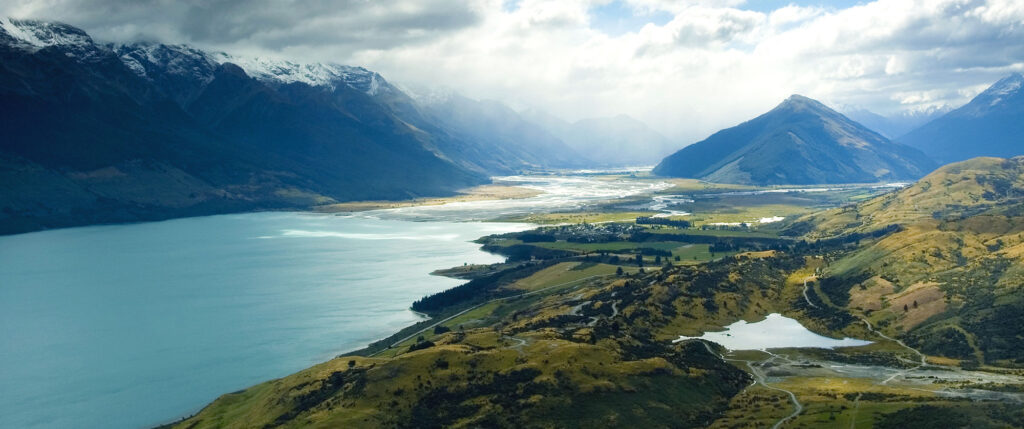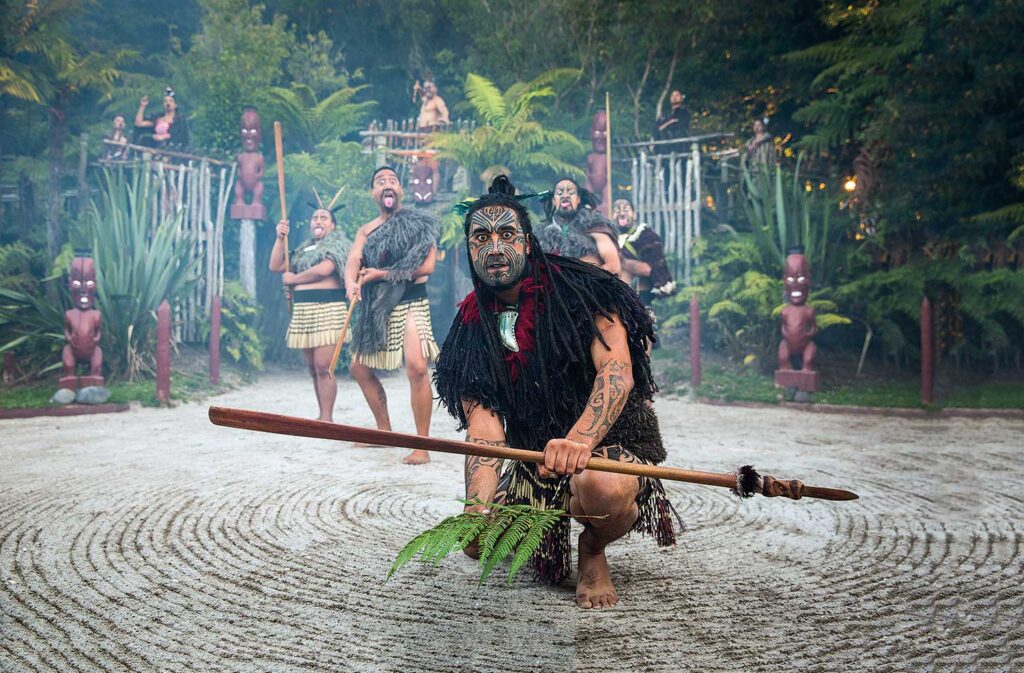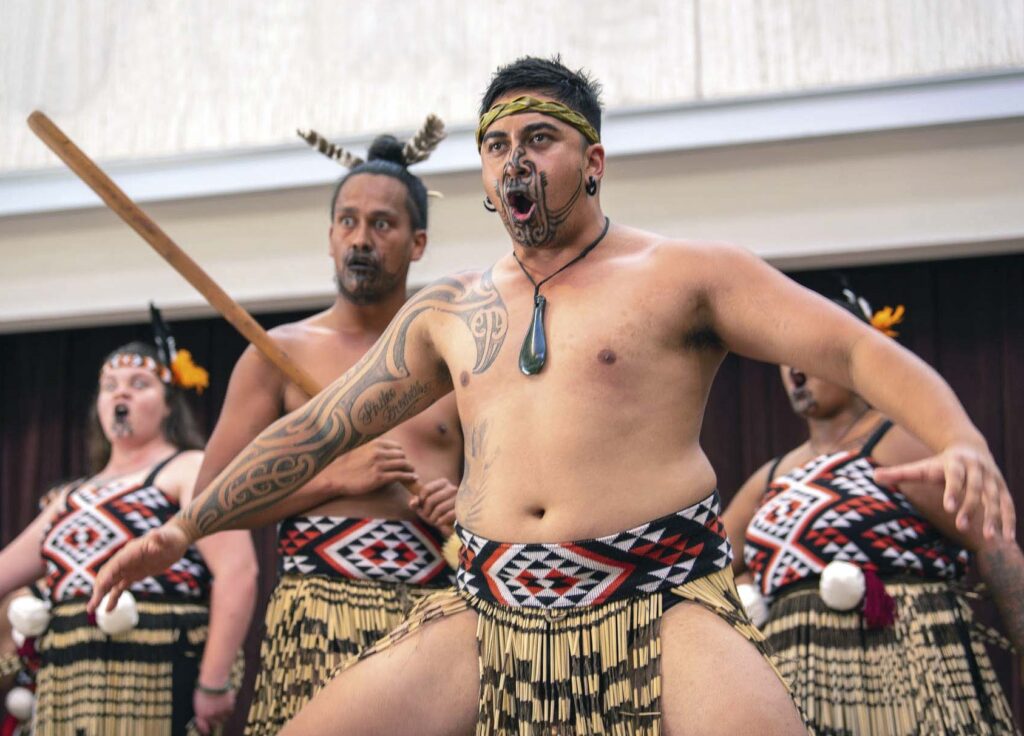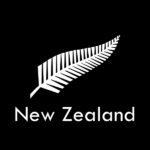MĀORI CULTURE
Māori culture is an integral part of life in Aotearoa, New Zealand
Embrace the manaakitanga of our people.
Manaakitanga (showing respect) is all about welcoming guests and providing great hospitality, something which all New Zealander’s pride themselves on. Make the connections between our past, present and future by embarking on guided experiences.
The legend of New Zealand

Māori legend says New Zealand was fished from the sea by the daring demigod Māui.
According to Māori and Polynesian myths and legends, Māui was the gifted and clever demigod who won the affection of his supernatural parents after a miraculous birth and upbringing.
He was bold and sharp-witted and taught useful arts to mankind, although he was not always liked. He tamed the sun and brought fire to the world, but one of his most famous feats was the creation of the islands we know today as Aotearoa, New Zealand.
Fishing up the North Island
Māori believe that one-night Māui’s four brothers planned to go fishing and leave him behind. Overhearing their plans and not wanting to be left out, Māui hid under the floorboards of his brother’s canoe and waited until they were far away from the shore before revealing himself. He had carved a magic fishhook from an ancestors’ jawbone and he cast it deep into the sea, chanting powerful words.
Soon, Māui realised he had caught something. Something huge! With the help of his brothers, the catch was hurled to the surface of the water. Much to their surprise, the fish they had caught was in fact a huge piece of land and they were delighted to find that they had discovered ‘Te Ika a Māui’ (Māui’s fish), which we know today as the North Island.
Before Māui had time to thank Tangaroa (the god of the sea) for the gift of this land, Māui’s brothers began carving out pieces of the huge fish, creating the many valleys, mountains, and lakes that you see today on the North Island.
The legend of the South Island
‘Te Waka a Māui’ (Māui’s canoe) or what we know now as the South Island is said to be the waka or canoe that Māui and his brothers fished from. It’s believed that the Kaikōura Peninsula on the east coast of the South Island is the place where the seat of the canoe was situated, where Māui stood to haul in his giant catch.
Stewart Island-Rakiura is believed to be the anchor from the canoe and is named ‘Te Punga a Māui’ (Māui’s anchor stone).
The Arrival of Maori

Māori were the first inhabitants of Aotearoa, New Zealand, guided by Kupe, the great navigator.
According to the people of Ngāpuhi (tribe of the Far North), the first explorer to reach New Zealand was the intrepid ancestor, Kupe. Using the stars and ocean currents as his navigational guides, he ventured across the Pacific on his waka hourua (voyaging canoe) from his ancestral Polynesian homeland of Hawaiki. It is said that Kupe made landfall at the Hokianga Harbour in Northland, around 1000 years ago.
Where is Hawaiki?
You will not find Hawaiki on a map, but it is believed Māori came from an island or group of islands in Polynesia in the South Pacific Ocean. There are distinct similarities between the Māori language and culture and others of Polynesia including the Cook Islands, Hawaii, and Tahiti.
More waka hourua followed Kupe over the next few hundred years, landing in various parts of New Zealand. Polynesian migration was planned and deliberate, with many waka hourua making return journeys to Hawaiki. Today, Māori are part of an iwi (tribes), a group of people who are descendants of a common ancestor and associated with a certain region or area in New Zealand. Each iwi has their own hapū (sub-tribes). Iwi can trace their entire origins and whakapapa (genealogy) back to certain waka hourua. The seven waka hourua that arrived to Aotearoa were Tainui, Te Arawa, Mātaatua, Kurahaupō, Tokomaru, Aotea and Tākitimu.
Living off the land
Māori were expert hunters, gatherers and growers. They wove fishing nets from harakeke (flax), and carved fishhooks from bone and stone. They hunted native birds, including moa, the world’s largest bird, with a range of ingenious traps and snares.
Māori cultivated land and introduced vegetables from Polynesia, including the kūmara (sweet potato) and often cooked hāngi (an earth oven). They also ate native vegetables, roots and berries. Woven baskets were used to carry food, which was often stored in a pātaka — a storehouse raised on stilts.
The Haka

Experience the energy and awe of the haka. The haka is a passionate, traditional Māori dance famous around the world.
The haka is a ceremonial Māori war dance or challenge. Haka are usually performed in a group and represent a display of a tribe’s pride, strength and unity.
Actions include the stomping of the foot, the protrusion of the tongue and rhythmic body slapping to accompany a loud chant. The words of a haka often poetically describe ancestors and events in the tribe’s history.
Traditionally, the haka was performed when two parties met as part of the customs around encounters.
For example, the haka was used on the battlefield to prepare warriors mentally and physically for battle, but it was also performed when groups came together in peace.
Today, haka are still used during ceremonies and celebrations to honour guests and show the importance of the occasion. This includes family events, like birthdays, graduations, weddings and funerals.
Haka in sports
Haka are also used to challenge opponents on the sports field. The New Zealand rugby team, the All Blacks, perform the haka before each match in a stunning show of strength and physical prowess.
The All Blacks use ‘Ka Mate’ as their haka, which was composed in the 1820s by the rangatira (chief), Te Rauparaha. The words to this particular haka have become famous around the world since it became a part of the pregame ritual of the All Blacks.
The Black Ferns, New Zealand’s women’s rugby team, are also famous for performing rousing haka. The haka they perform before an international match is called ‘Ko Uhia Mai’ which means ‘Let it be known’ and was composed by Whetu Tipiwai.
Regular haka waiata sessions enable the All Blacks and Black Ferns to honour their cultural roots and traditions.

